| Equation | (# participants) x (% of participants who receive treatment solely because of the program) x (# QALY increase) x ($ QALY) |
| Explanation | This metric estimates the impact of mental health care access and treatment on lifetime health, estimated in terms of quality-adjusted live years (QALY). This metric should be used in conjunction with HEA021. Number of participants: Reported by program. Percentage of participants receiving treatment solely because of program: [54%]. This is estimated by Constellation Fund staff based on data from SAMHSA (2017), which shows that 46% of individuals under 200% of the federal poverty level with any mental illness receive mental health care. QALY increase: [0.16]. This is based on findings from Ising, et al. (2016) which estimated the impact of treatment on QALY over a 4-year period. $ value per QALY: [$50,000] Benefits are then discounted to present value based on the average age of participation to life expectancy. |
| References | Ising, H. K., Lokkerbol, J., Rietdijk, J., Dragt, S., Klaassen, R. M., Kraan, T., Boonstra, N., Nieman, D. H., van den Berg, D. P., Linszen, D. H., Wunderink, L., Veling, W., Smit, F., & van der Gaag, M. (2017). Four-Year Cost-effectiveness of Cognitive Behavior Therapy for Preventing First-episode Psychosis: The Dutch Early Detection Intervention Evaluation (EDIE-NL) Trial. Schizophrenia bulletin, 43(2), 365–374. https://doi.org/10.1093/schbul/sbw084 Substance Abuse and Mental Health Services Administration (SAMHSA). (2017). Key substance use and mental health indicators in the United States: Results from the 2016 National Survey on Drug Use and Health (HHS Publication No. SMA 17-5044, NSDUH Series H-52). Rockville, MD: Center for Behavioral Health Statistics and Quality, Substance Abuse and Mental Health Services Administration. Retrieved from: https://www.samhsa.gov/data/ |


